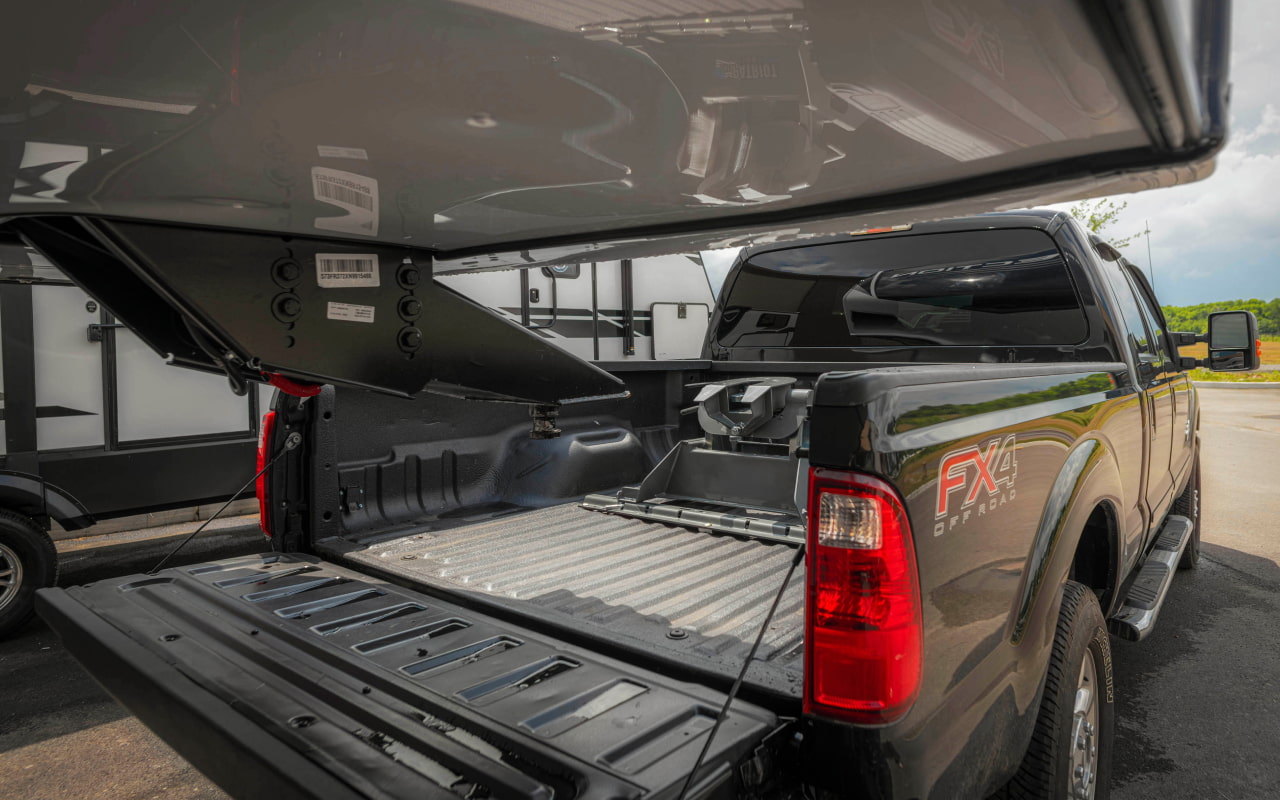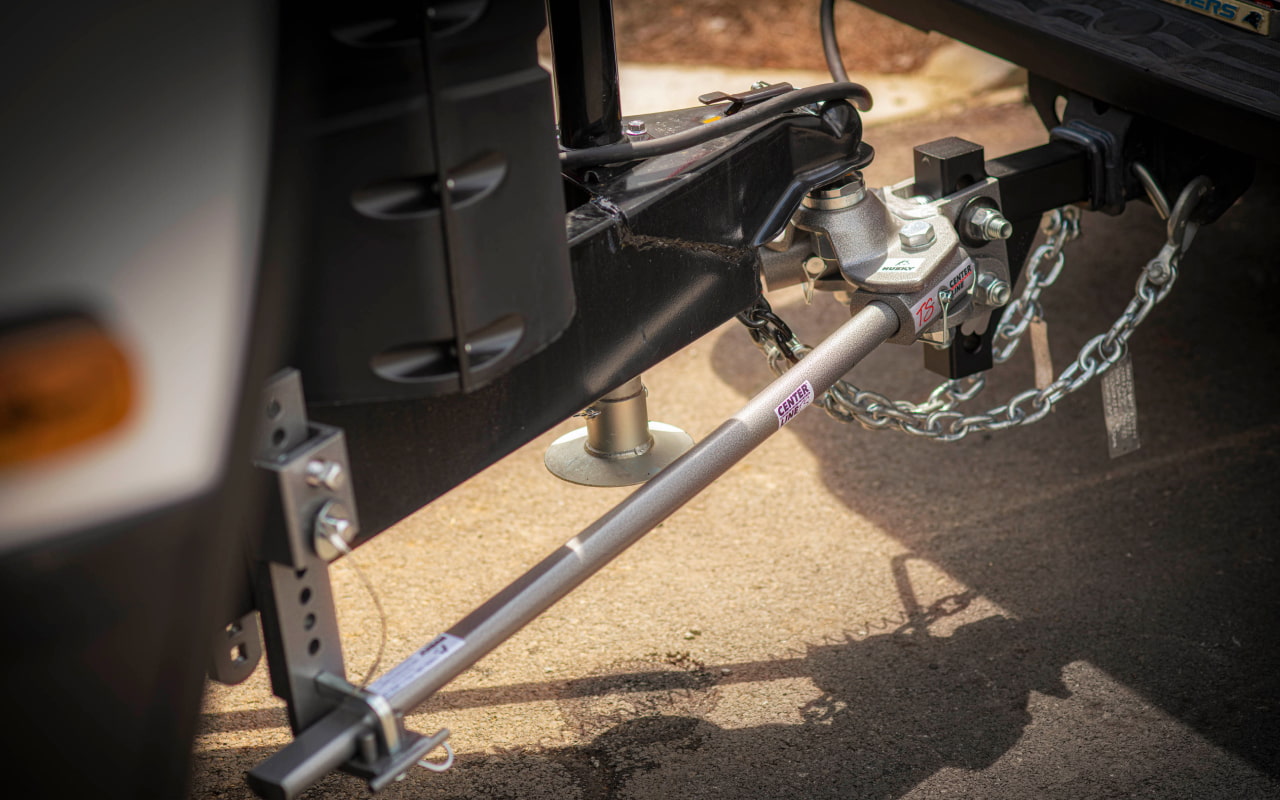
If you’re camping with a towable RV such as a travel trailer, fifth wheel, toy hauler, or pop-up camper, you’ll need to know how to hitch it up to your towing vehicle. There are many RV hitch types to choose from and different RV types may include their own hitching systems. For example, 5th wheels hitch into your towing truck bed via a unique coupling system. For all other towable RVs, you’ll need to consider hitch RV setups such as:
- Rear receiver hitch
- Gooseneck hitch
- Front mount hitch
- Weight distribution hitch
- Bumper hitch
- Pintle hitch
These RV hitch types bring special considerations and unique benefits by hitch type. Many of today’s RVs for sale have recommended hitch setups that are best for their towing, but customization is almost always possible. If you’re considering updates on how to hitch your RV, we’re here to help!
Choosing Your RV Hitch Type
Certain vehicles can accommodate many types of hitches, while others may be more limited. If you’re towing your RV with a truck, you’ll likely be able to choose from any type of RV hitch. If you’re towing with an SUV, the vehicle’s shape and lack of a truck bed will limit your hitching options to specific types. Additionally, the type of RV you’re towing will determine which hitch best fits.
RV Hitches for Only Trucks
5th wheel hitches and gooseneck hitches are two popular RV hitch types that are only able to be used with pickup trucks. These systems require coupling in a truck bed, which can only be offered by pickup trucks. The benefit of this hitch type is that it distributes the weight more evenly which can improve RV towing capacity.
The other hitching types, such as bumper-focused pulling, can also work for trucks. Pickup trucks are the most flexible vehicle category for RV towing options.
RV Hitches for Trucks, SUVs, and Other Vehicles
Hitching your RV to your SUV or another vehicle? There are still several options for getting things connected! SUVs and non-trucks are great for towing RVs with hitch systems such as a receiver hitch, weight distribution hitch, pintle hitch, and bumper hitch. Systems that connect to the vehicle’s bumper can be used on many SUVs.
RV Hitching Tips
When hitching your RV, follow all recommended steps to ensure everything is properly connected. Each RV hitch type includes its own steps, and it’s important to follow these in the correct order. It’s best to make an RV Takeoff Checklist that includes checking crucial hitch components to ensure the RV, towing vehicle, breaks, lights, sway reduction systems, and any other components of your hitching setup are properly connected.
RV Unhitching Tips
Once you’ve reached the campground or RV resort, things are a bit easier. Unhitching your RV is about keeping things level and organized. You’ll want to make sure your towable unit is properly level which is easier in newer models that often include self-leveling steups. You’ll also want to be sure that any towing components such as safety chains or extra lights are stored in a spot that’s easy to find when it’s time to hitch everything up again.
Safety Tips for Trailer Hitch RVs
Regardless of which RV hitch type you choose, you’ll want to take safety tips into consideration to ensure you’re properly transporting your recreational vehicle. In addition to following the utilization tips for your chosen hitch type, consider these additional safety types for transporting your trailer hitch RV:
- Use RV safety chains when possible to provide a backup connection
- Take precautions to reduce sway
- Research the road conditions of your route
- Drive slowly and leave plenty of room from other cars on the road
- Use an electrical connection to the towed RV or additional lights for safety signals
- Take your turns wider than you normally would
- Consider the load weight and adjust your trailer breaks accordingly
Avoid rushing any steps of hitching, driving, or unhitching your RV. Taking things slowly is the best way to keep safety at the forefront of your RVing.
Our RV experts can help you choose the hitch that’s best for your RV and towing vehicle. Visit us today to get started!




